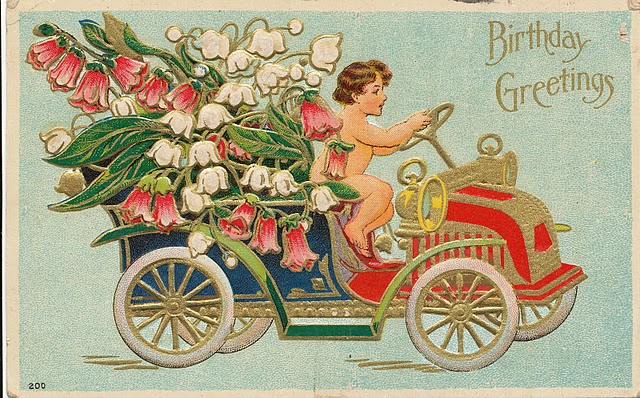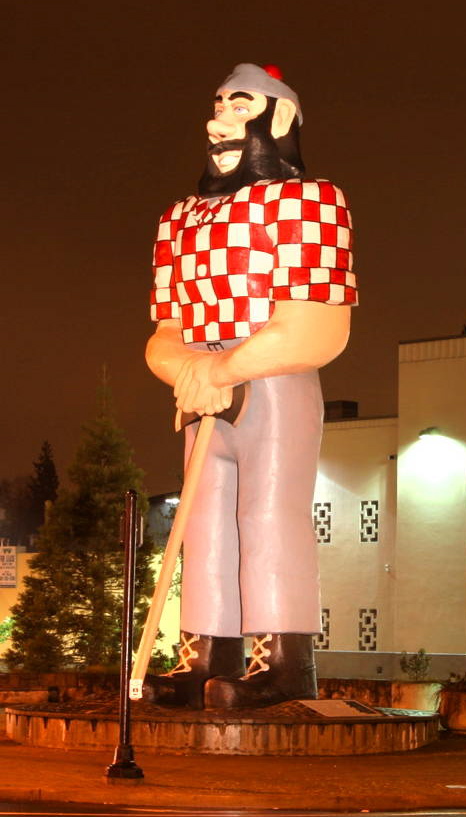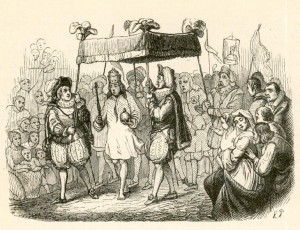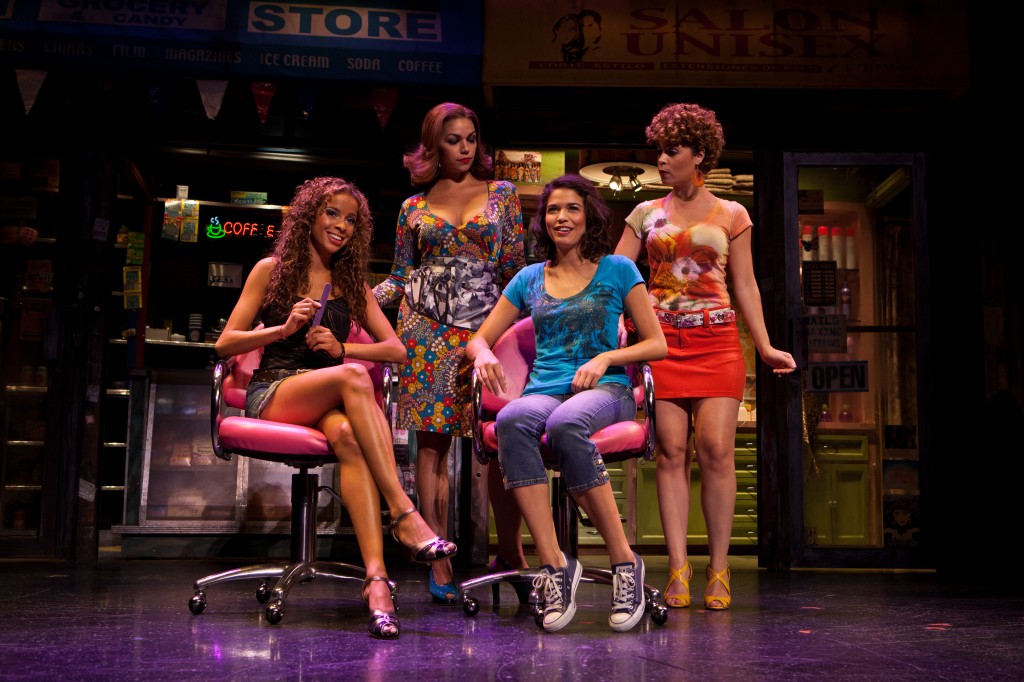UPDATE: Prompted by reader comments on this story from the Corvallis Gazette-Times, Mr. Scatter checked the Web site of the Federal Elections Commission for expenditures by Jim Huffman, Republican candidate for the U.S. Senate running against Sen. Ron Wyden, D-Oregon. Huffman’s campaign has paid Third Century Solutions, the listed publishers of Economic Times of Oregon, $75,036 in five payments listed variously as “campaign management services,” “strategic consulting,” “media buy” and “printing.” That doesn’t mean that Huffman financed the ad insert Economic Times of Oregon — that money could well have been for other services rendered. Nevertheless, it’s an interesting money trail.
By Bob Hicks
Mr. Scatter was a trifle curious about a four-page newspaper-looking advertising insert that plonked on his porch this morning inside his copy of The Oregonian.
 Economic Times of Oregon, it’s called, and the banner story on what may or may not be a continuing publication — it’s referred to as “Volume One, Issue 1” — is alarming, indeed: Oregon takes second in Hopelessness Index. Are things that bad? Well, Mr. Scatter just gives up.
Economic Times of Oregon, it’s called, and the banner story on what may or may not be a continuing publication — it’s referred to as “Volume One, Issue 1” — is alarming, indeed: Oregon takes second in Hopelessness Index. Are things that bad? Well, Mr. Scatter just gives up.
Alongside this tale of cultural woe (and let’s face it: like most states, Oregon’s in an economic pickle) is a chart that measures both traditional and “total” unemployment rates — or what the publication refers to as the “Hopelessness Index.” The chart lists only 12 of the 50 states, and of those 12, the figure for Oregon is the fourth-highest, behind California, Michigan and Nevada. (North Dakota’s looking pretty good.)
So, Oregon ranks fourth out of 12 but second out of 50? Mr. Scatter is puzzled. A teaser on the cover asks the provocative question, “Are we getting the most out of school spending?” If the mathematicians at Economic Times of Oregon are products of the Oregon school system, we’d have to say no.
Which brings up the obvious, Butch Cassidy and the Sundance Kid question: Who are these guys, anyway?
Continue reading That ad insert? It’s a Brainstorm →

 Economic Times of Oregon, it’s called, and the banner story on what may or may not be a continuing publication — it’s referred to as “Volume One, Issue 1” — is alarming, indeed: Oregon takes second in Hopelessness Index. Are things that bad? Well, Mr. Scatter just gives up.
Economic Times of Oregon, it’s called, and the banner story on what may or may not be a continuing publication — it’s referred to as “Volume One, Issue 1” — is alarming, indeed: Oregon takes second in Hopelessness Index. Are things that bad? Well, Mr. Scatter just gives up.
 And especially during this absurd election season, he smiles every time he sees
And especially during this absurd election season, he smiles every time he sees 
 We were responding to
We were responding to 
 Today we offer a quick link to
Today we offer a quick link to 
 By Felix/Martha
By Felix/Martha